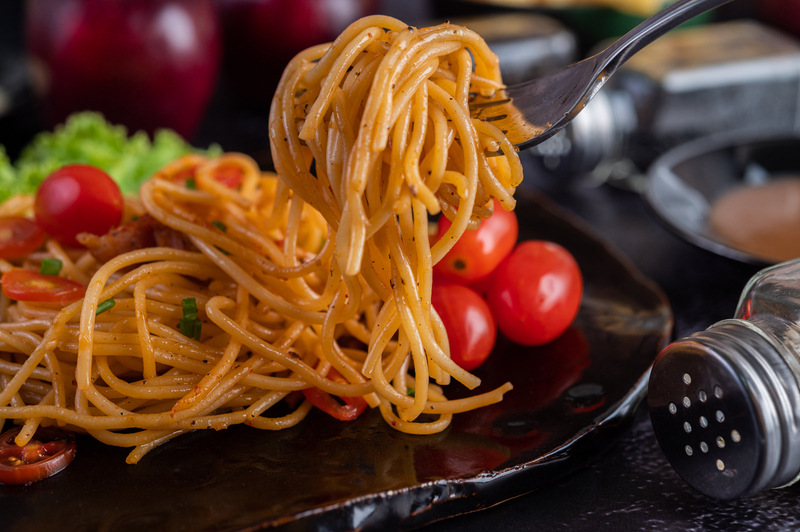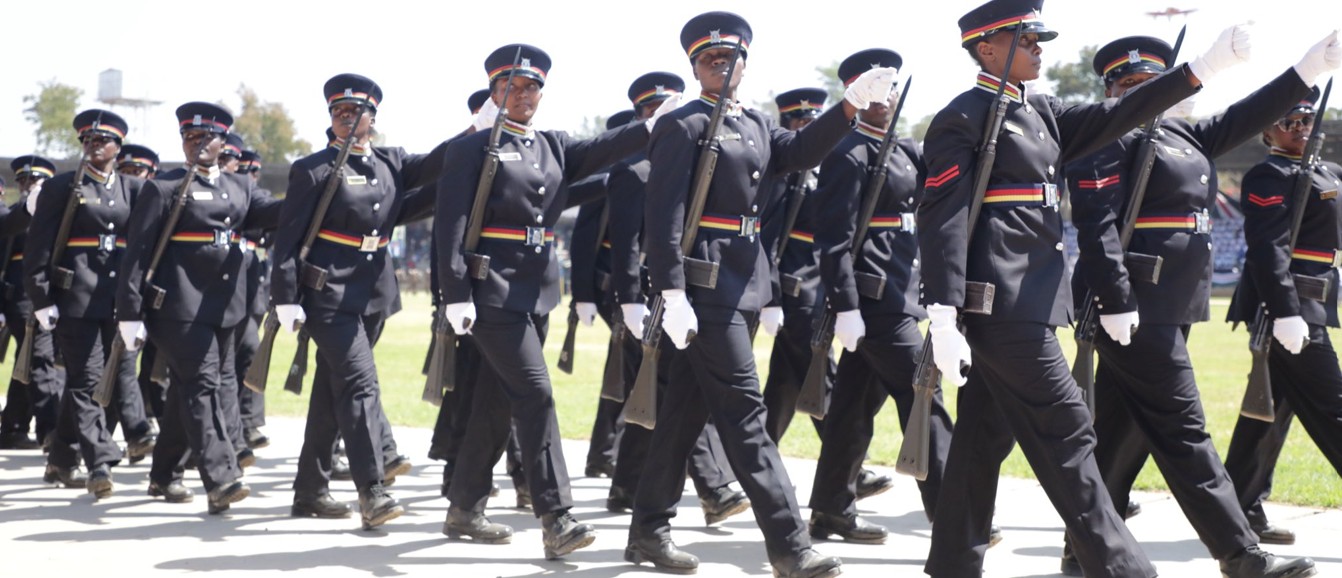Cooking perfect pasta: Chef Saib Mohammed reveals secrets to spaghetti mastery

Pasta needs room to move, let alone swim in the sufuria. If you do not put enough water. The spaghetti will clump up and cause sticking and uneven cooking.
Spaghetti is a staple of kitchens around the world, especially in Somali kitchens. This dish seems simple, yet it often turns out less than ideal.
Whether it is mushy noodles or bland bites, even experienced home cooks can fall victim to common pasta pitfalls.
More To Read
- Classic spaghetti and meatballs recipe that brings everyone together
- How to make irresistible caramel popcorn using a sufuria
- How to make the tastiest cheesy sauce to elevate your French fries
- 5 things making your home look cluttered, and how to fix them
- What your mouth is telling you: Saliva’s hidden clues to your health
- How to make classic spaghetti Bolognese: A hearty, easy-to-make Italian favourite at home
Now, acclaimed culinary expert Chef Saib Mohammed is sharing his insider tips on how to master the art of cooking spaghetti pasta, the Italian way.
“The key to perfect pasta lies in precision, patience, and respect for tradition,” says Chef Saib, whose pasta dishes have earned him a loyal following across Kenya.
From choosing the right water-to-pasta ratio to timing your cheese perfectly, here is how you can elevate your spaghetti game to restaurant-quality, right at home.
Eight common mistakes that ruin pasta
Chef Saib begins by pointing out that most people make small but critical errors.
1. Overcooking the pasta
Pasta should be cooked al dente, a term meaning “to the tooth.”
“This texture, firm yet tender, ensures that the spaghetti maintains its shape and doesn’t turn to mush.”
“Always check the cooking time on the package, but rely on taste, not the clock. The are brands that you cook and they are always mushy, no matter what you do.”
2. Under-salt your water
“Salt is your first seasoning,” Chef Saib tells The Eastleigh Voice.
Without it, the pasta itself tastes flat, no matter how good your sauce is.
“Ensure you add 1-2 tablespoons of salt per litre of water. It should taste like the sea. But ensure you do not overdo it.”
3. Not using enough water
“Pasta needs room to move, let alone swim in the sufuria. If you do not put enough water. The spaghetti will clump up and cause sticking and uneven cooking.”
Chef Saib says that you should use at least 4–5 litres of water per 500g of pasta.
4. Forgetting to reserve 'pasta water'
“That starchy water is liquid gold. It helps your sauce cling to the pasta and adds silkiness to the dish,” he says.
Said noted that it is good to scoop out a cup of pasta water before draining. Then you can use it instead to thicken your sauces. But under-salt your water if you are planning to use it in your sauces; otherwise, your dish will end up too salty.
5. Overcrowding the pot
Pouring all your spaghetti in at once can lower the water temperature and interrupt the boil.
Tip: Add the pasta gradually and stir gently.
6. Not stirring enough
This is one of the simplest mistakes and easiest to fix, according to Chef Saib.
“Once you notice the pasta is no longer stiff, keep stirring.”
“Cooking is a science, and stirring helps the starch in the water bond with the fats in your sauces like butter, cheese or oil.”
Another reason, the chef said, is that stirring helps the sauces to thicken properly.
“Stir within the first minute and every couple of minutes after.”
7. Rinsing cooked pasta
“Many people rinse pasta to 'cool' it down, and this is a big no-no. Why? This is because rinsing washes away the starches that help sauce stick together, which is why you find some spaghetti becomes clumpy, 'ugali-like'. That is not a good sign,” he said.
Chef Saib noted that rinsing spaghetti in cold water is only allowed for cold dishes like pasta salad, or when you are storing it for later use.
But if you are having it as a hot meal, or with sauces like carbonara, bolognese, aglio e olio, or pesto.
“If you are not using the spaghetti immediately, after boiling, you can toss it lightly in olive oil to prevent it from clumping up.”
8. Overdraining
“Draining pasta until it’s bone dry can make it tough to coat with sauce. Ensure you leave a little water clinging to the noodles for smoother sauce binding.”
Mastering sauce and cheese timing
According to Chef Saib, the order and timing of sauce and cheese can make or break your dish.
Adding the sauce
Chef Saib says that you should always mix the sauce with the pasta while it is still hot. The heat helps the flavours absorb into the noodles.
Adding the cheese
After the sauce, once your pasta is sauced, add grated cheese so that it melts gently on contact.
"You can also stir cheese into the sauce during the last minute of simmering for a richer, creamier texture.”
Flavour pairings that work every time
Looking for a guaranteed delicious combo? Chef Saib offers these classic matches:
Pesto and parmesan
Toss spaghetti with basil pesto and top with freshly grated parmesan.
Tomato sauce and mozzarella
A comforting favourite, marinara sauce with shredded mozzarella, melted gently.
Carbonara and parmesan
This is a common classic, the creamy egg-based sauce with parmesan and bits of chicken or beef bacon for added depth.
“Perfect spaghetti is about more than boiling noodles; it’s about honouring each step of the process,” Chef Saib says.
“From seasoning the water to melting the cheese at just the right moment, every detail matters.”
With Chef Saib’s guidance, a perfect plate of spaghetti is no longer out of reach.
Top Stories Today











































